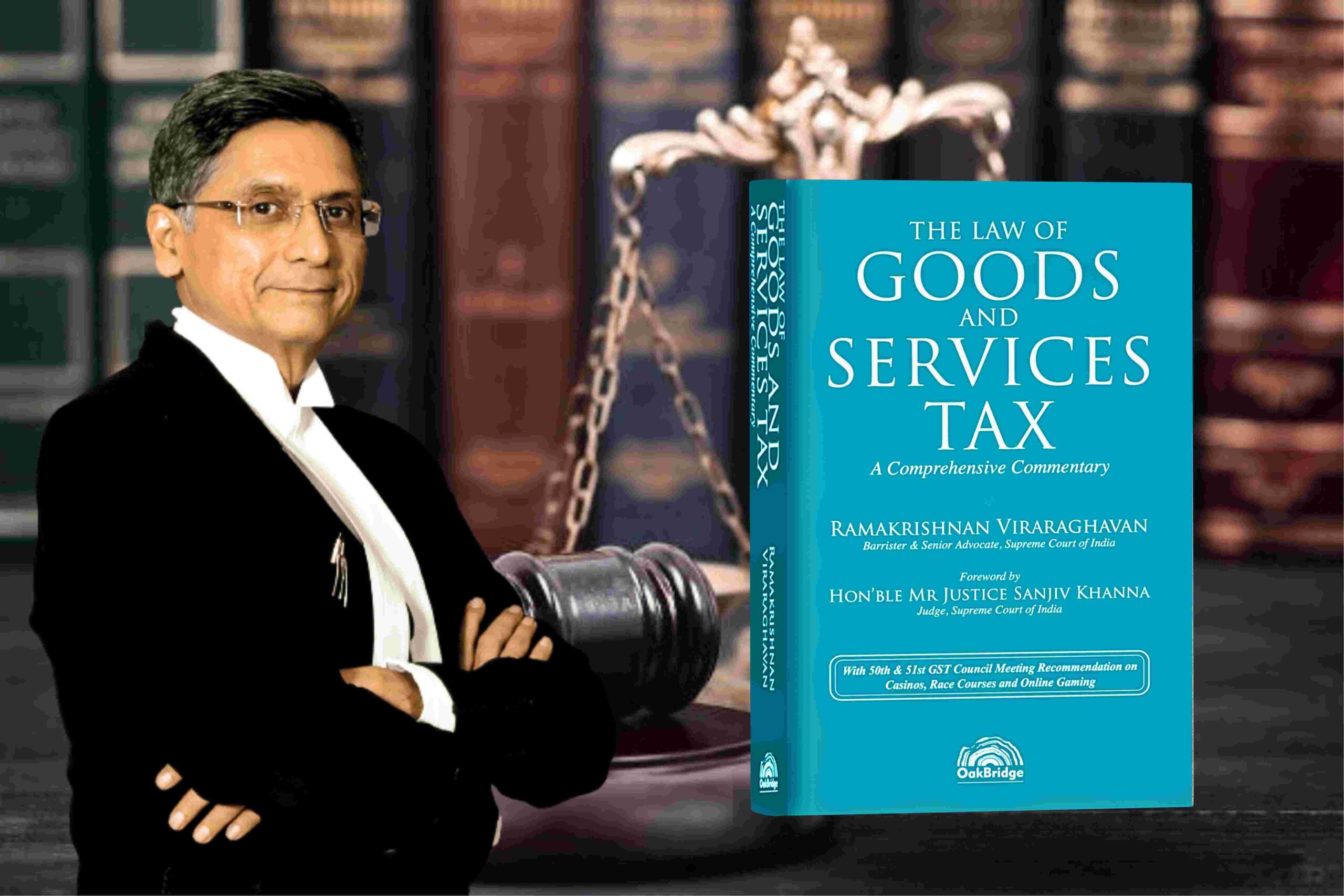A Constitution Bench of the Supreme Court recently interpreted the Constitutional amendments introduced by the Constitution (102nd Amendment) Act in the Maratha reservations case. The majority as well as the dissenting judgments referred to Parliamentary debates and ministerial statements made on the floor of Parliament during the passage of the Constitutional Amendment Bill. The majority held that the parliamentary debates needed to be more conclusive on the changes brought about by the constitutional amendment. The minority judgment held that ministerial statements before the select committee and on the floor of the Parliament evidenced the intention of the Parliament, and the constitutional amendment was to be interpreted accordingly. This article examines the law on parliamentary debates and ministerial statements and concludes that these cannot be referred to as external aids to determine the intention of the Parliament.
INTENTION OF THE PARLIAMENT
A man’s intention is a question of fact and can be ascertained from what he said and did. The intention of Parliament is a very different thing. It is only a figure of speech. It is a shorthand expression to indicate the true meaning of a parliamentary enactment. It is a linguistic convenience, fictionally treating Parliament as an individual lawmaker by analogy. The intention of Parliament is not a question of fact. It cannot be ascertained like ascertaining a person’s intention, i.e., by examining and analyzing what the parliamentarians spoke while debating the constitutional amendment. In this factual sense, the legislature’s intention is a myth. A vast majority of the parliamentarians may not have a definite intention. Parliamentary legislation often reflects the intention of powerful lobbyists operating through the bureaucratic machinery. In ascertaining the intention of the legislature, courts discover from the text of the constitutional amendment the true meaning of what Parliament had said and not what Parliament had intended to say. Ascertaining the intention of Parliament through parliamentary debates is flawed in principle.
Even assuming, arguendo, that the intention of Parliament is a question of fact, its meaning cannot be discerned from parliamentary debates. The Rajya Sabha comprises 245 members, and the Lok Sabha has about 545 members. They would have attended only some of the parliamentary sessions leading to the passage of a Constitutional Amendment Bill. The process behind the majority vote is mainly inarticulate. Only a few of those attending would have spoken. Speeches may reflect the speaker’s views and those of his party’s MPs. They would not necessarily reflect the views of all those who have not spoken. Lastly, those who spoke may have differed from each other.
Conflicting parliamentary speeches came to the fore in the Maratha reservation case. Speeches of around eight parliamentarians indicated that the constitutional amendment had denuded the States of their powers over the reservation of socially and economically backward classes. The Minister piloting the Constitutional Amendment Bill assured Parliament that the constitutional amendment maintained the status quo ante about the States’ powers.
Some parliamentarians accepted these assurances in their speeches. Under the circumstances, analysis of parliamentary debates cannot yield a single coherent answer. Delving through parliamentary speeches to discover the mythical intention of Parliament is to chase shadows, avoiding substance.
There is yet another reason for excluding parliamentary debates for statutory interpretation. Constitutional amendments are addressed to the people of India, whom such provisions will govern. They can be expected to understand the constitutional amendments only from the language and text of such conditions.
Parliamentary debates as an aid to statutory interpretation will introduce uncertainty to the plain language and the text. People must then read through parliamentary debates to understand the constitutional amendment mandated. Parliamentary debates would be cited in courts on par with judgments, and courts would be called on to interpret parliamentary debates like judicial precedents. Courts will be invited to ignore the text of a constitutional amendment and decide in favor of parliamentary or ministerial intention. The courts will be asked to interpret what the Minister intended and what Parliament enacted.
Parliamentary debates can be used as external aids for interpretation only to a limited extent. In case of any ambiguity or absurdity, the speech of the propounder of the Bill can be regarded to ascertain the background of the Bill Kalpana Mehta vs. Union of India (2018) 7 SCC 1,
In contrast to parliamentary debates, amendments to a Constitutional Bill accepted or rejected by Parliament (‘Parliamentary action’) can be used as an external aid for interpretation. A majority vote in Parliament takes parliamentary action. Consequently, the acceptance or rejection of amendments to a Constitutional Bill can be used to validate or disregard a line of interpretation. The reasons for rejecting parliamentary speeches will not apply here.
In interpreting constitutional amendments, courts are not detectives at the scene of a crime, searching parliamentary debates for clues leading to the parliamentary intention. It will be best for courts to substantially exclude parliamentary debates and ministerial statements on the floor of Parliament as external aids for interpretation.



